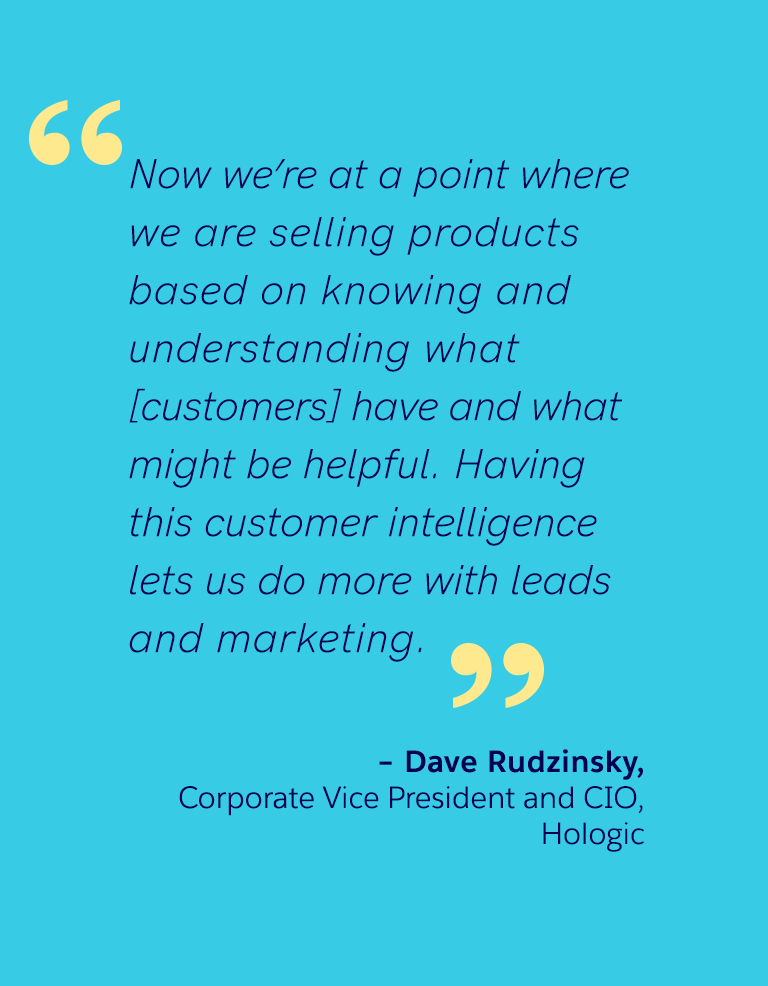The Age of the
Customer-Centric CIO


CIO.com delivers the latest tech news, analysis, how-to, blogs, and video for IT professionals.
Chapter 2: Customer Analytics Is the New Enterprise Currency
Analytics can help personalize the customer journey, delivering the most-relevant information or product offerings to a customer, which engenders greater loyalty and drives longer-lasting relationships. Sales leaders can tap analytics to make product recommendations, including cross-sell suggestions. Service organizations can proactively schedule maintenance visits for customers, based on insights gleaned from their service and usage patterns, the latter now possible thanks to IoT-connected products. Research from Capterra shows that nearly half of the CRM users polled (47%) found their CRM to have a significant impact on customer retention as well as on customer satisfaction.
CIOs are well aware of the upside to analytics. Data and business analytics was the No. 1 technology initiative for IT leader participants in the “2019 State of the CIO” survey, cited by 30% of the participating CIOs, whereas enterprise applications such as CRM are a top priority for 26% of the respondents. The area is such a hotbed of activity that it’s impacting the CIO role: Among the CIO respondents to the “2019 State of the CIO” survey, 64% said their role is expanding to take on new responsibilities in data analytics and 32% are branching out with oversight of customer service.
It’s up to CIOs to champion data-driven analytics and personalization as a key pillar of a customer-centric business strategy. CIOs should take the lead on developing strategies that track every data point contributing to the user experience. They should couple that treasure trove with real end user behavioral data and simulated data to drive predictive insights and prevent potential problems before they impact customers.
The Age of the Customer-Centric CIO
overview
Chapter 1
Chapter 2
Chapter 3
Chapter 4
Chapter 5
Want to read the full report?
Questions? We’ll put you on the right path.







